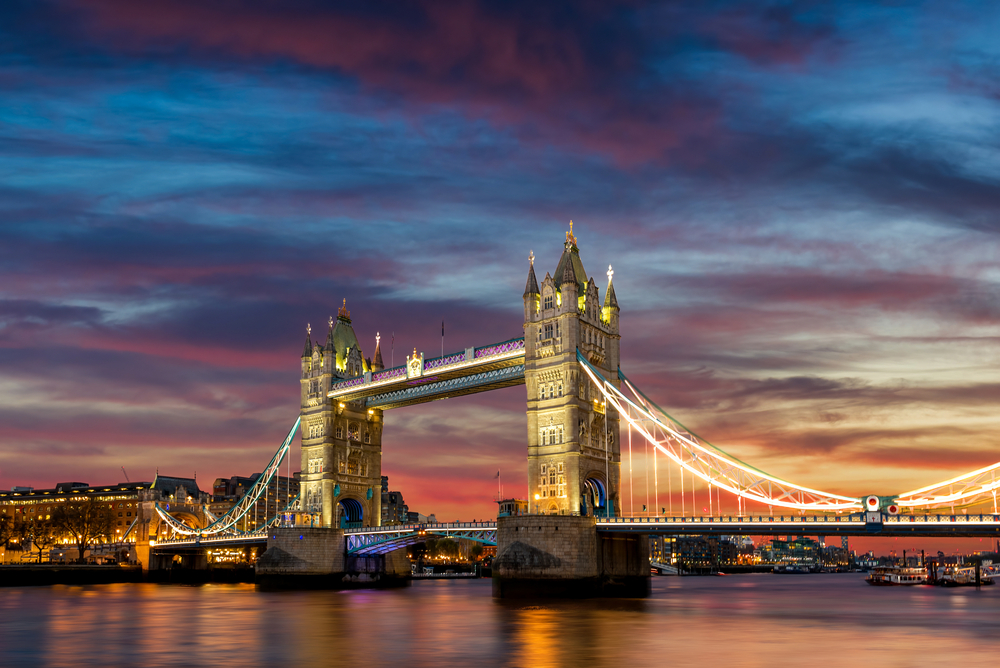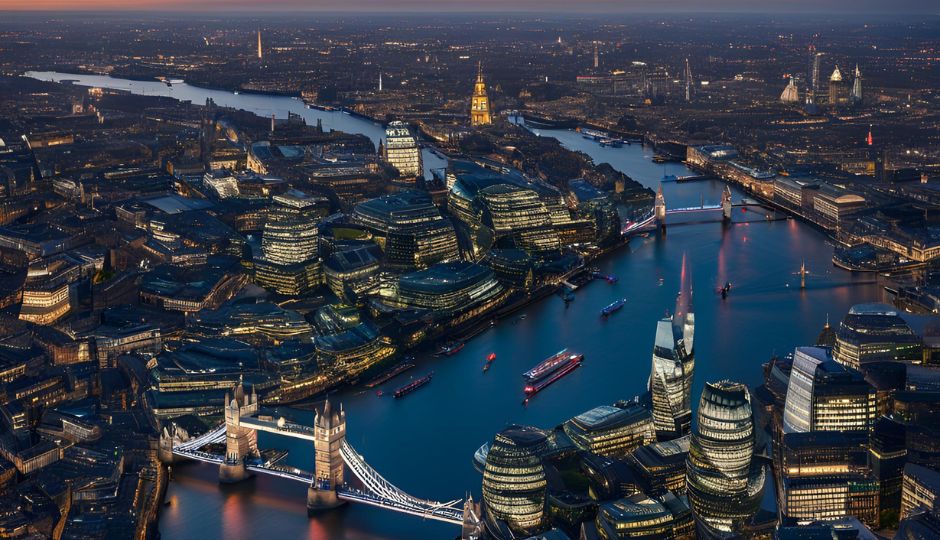Thames Water: What’s Happening?
In most countries, water companies are government-run, given water is a necessity for all citizens. There are lots of reasons why water companies (and utilities companies in general) are usually run by the government: its imperative service is always maintained, safety standards are met, customers are properly served, the company is run and governed correctly, and it safeguards against profiteering. However, England is one of the exceptions to the rule as water companies were privatised in 1989 under Margret Thatcher’s premiership.
Thatcher sold them off debt-free in a move that was dubbed at the time as, ‘selling off the family jewels.’ Her government further provided significant public funds to effectively set up the companies for success under private ownership so improvements could be made to their services and infrastructure. The idea was that under private ownership, improvements would take place faster, infrastructure would be maintained or improved better than what could be delivered with taxpayer funds, and customers would receive better quality services – and water – than they would under government ownership, at no extra cost (bar inflation).
Why is Thames Water in so Much Debt
Arguably, utilities companies – Thames Water amongst them – should have one of the easiest rides of any kind of business. This is because while there can be small fluctuations in demand, Thames Water’s customers can be guaranteed to take baths and showers, boil the kettle and run the washing machine their whole lives: we simply can’t live without water. Thames Water is also one of the UK’s water ‘monopolies’ – customers don’t have any choice but to use them as they’re the only supplier. The company doesn’t have to rely on marketing, advertising or winning out against competitors to maintain its customer base, The ‘problem’ with this model (depending on which side of the fence you sit on) is that there isn’t a huge incentive for the company or investors to do more than the bare minimum by customers.
And it’s here that commentators suggest that Thames Water has potentially gone wrong. Since it was privatised in 1989, Thames Water has paid out huge amounts in dividends to investors, who include sovereign wealth funds and pension funds (although external investors have not received dividends for the past five years). Senior management has also taken home significant salaries and bonuses. At the same time, customers have been charged more and Thames Water has raised debt to somewhere between £10 and £14 billion, while infrastructure investments have been seemingly overlooked. As a result, Thames Water has reportedly faced serious issues from leaks, water shortages and sewage spills and it’s struggling to pay what it owes to lenders. Both customers and campaigners suggest that Thames Water has acted too late to address key infrastructure failings, putting profits over the sustainable and responsible running of the business.
Thames Water is now in the ultimate catch-22 situation: they need to drastically improve their performance to turn the business which will allow them to generate profits. Those profits will in turn allow them to deal with their surmounting debt. Sarah Bentley, (the firm’s CEO until earlier last week) noted that there had been ‘decades of underinvestment which has led to cost cutting’, and perhaps understandably, customers are reluctant to pick up the tab either for the debt or the infrastructure improvements Thames Water so desperately seems to need. Shareholders, too, are reportedly hesitant to make large investments in case they lose their investment. The situation is so serious, that a temporary nationalisation is apparently being considered by the government and water regulator, Ofwat.
Get in the Know
Subscribe to our newsletter
Thames Water Debt
As for its debt, Thames Water is thought to owe between £10 billion and £14 billion. Investors agreed to pour £500 million into the business in the face of Thames Water’s struggles and have committed to paying a further £1bn in an effort to bring the company back from the brink of collapse. But that still leaves a huge amount of debt that Thames Water will need to address.
In 2022, Thames Water reported stellar results, with Q1 and Q2 profits amounting to almost £500m, which is why there are so many questions about how the company is where it is today and how they can have apparently failed to take into account rising interest rates on their debt and increased energy costs, both of which have been evident for some time and should have given some ground for preparation.
It’s important to underline that it’s in no way unreasonable or irresponsible for companies like Thames Water to raise debt. Corporate debt can be used to accelerate business growth, carry out maintenance to enhance profits, invest in machinery, supplies or infrastructure or address problems within the business – like leaking pipes, for example. For Thames Water, infrastructure maintenance, repairs and modernisation are incredibly expensive and will often cost more than they will have in available cash, especially as no business wants to deplete its capital reserves in their entirety to undertake a project – no matter how important.
Any necessary work for a company like Thames Water usually amounts to multiple millions of pounds and will need to be paid upfront before the project can begin. Debt is therefore an important tool that allows companies like Thames Water to be able to operate at all. We expect Thames Water would have raised at least some of the finance against future customer invoices/repeat revenue in a sophisticated invoice financing deal, given the company will be able to estimate minimum income. What’s likely happened is that Thames Water is unlikely to have been able to make enough profit to cover the shareholder dividends, cost of their debt and maintain top management salaries and bonus packages – this is likely to have been the case for a number of years. Add in rising interest rates, inflation, higher energy costs and
Because there’s never any lack of demand for water, the key to success for utilities companies like Thames Water is to carefully manage the business to keep it ticking over properly and to keep optimising operations wherever they can. The way they should do that is to balance investments in improving the business’ infrastructure, and investments to meet legislative and regulatory requirements, paying shareholder dividends and salary/bonus payments to staff in appropriate/proportionate amounts and using debt effectively. And the golden rule: making sure customers are served properly.
What's Next?
When it comes to what’s next for Thames Water, we expect the debt will need to be almost completely restructured. Shareholders may come under more pressure to provide funds and it’s probably that the government will need to offer some kind of financial lifeline – either temporarily or more likely, through renationalisation. It’s also likely the customers will see some kind of increase in costs, although given the scrutiny Thames Water is under, this is likely to be kept as low as possible.
Most importantly, Thames Water will need a very effective, detailed and feasible plan for turning the business around. This will need to address key issues head-on, how the money will be spent, how debt will be repaid and how they will meet environmental and regulatory requirements. The action plan will need to be very feasible, detailed and ‘no-fluff’: the public and government have run out of patience – the company will need to deliver on every promise they make.
The views and opinions expressed in this piece are those of the author, and do not constitute advise or a recommendation, nor to they necessarily reflect the official policy or position of Enness. Views and opinions expressed are not intended to indicate any market or industry viewpoints, or those of other industry professionals




